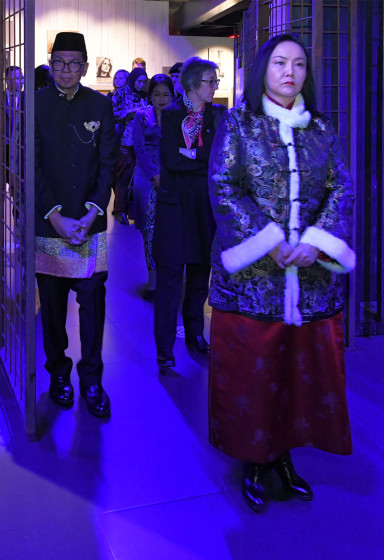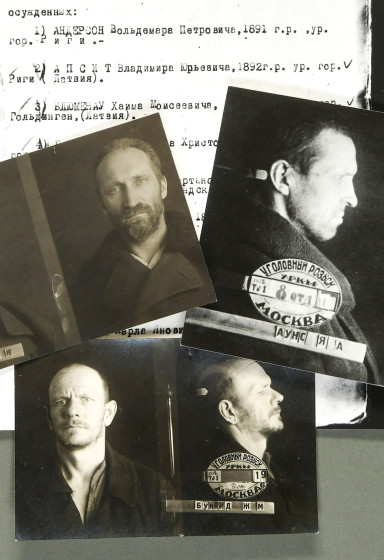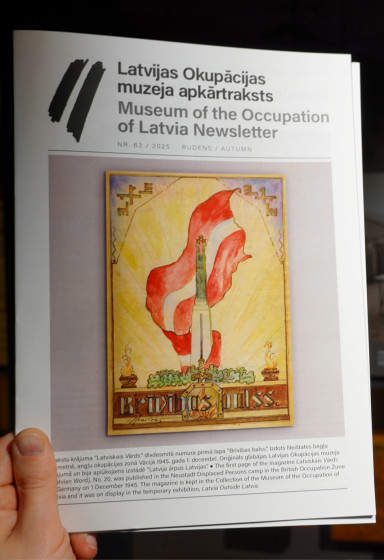Donate to Museum
Each donation helps to ensure the Museum's activities, allowing it to function and provide information for people from all over the world.
The Museum is grateful to each donor and invites everyone to contribute.
On a Way to Sweden 80 Years ago
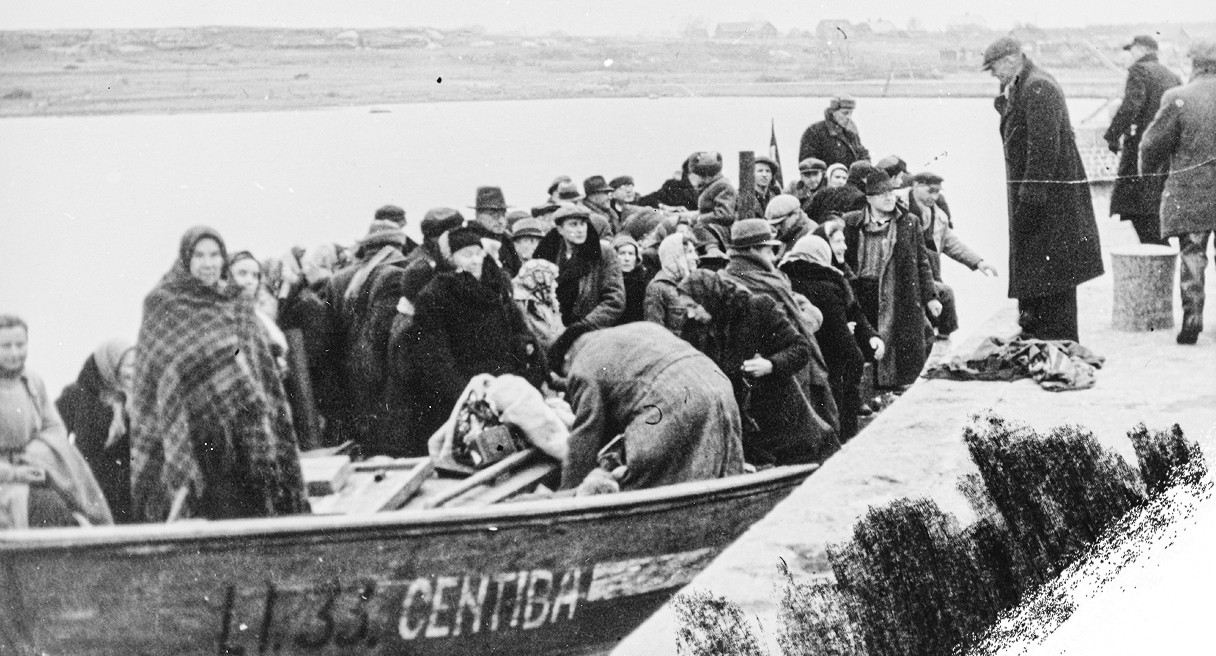
At the end of the Second World War, more than 100,000 civilians left Nazi Germany occupied Latvia fearing hostilities and repression by the advancing Red Army and the Communist regime.
Most were evacuated in ships to ports in Nazi Germany occupied Poland, about 20,000 travelled over land but several thousand chose to travel in fishing boats to the island of Gotland in Sweden.
The resettlement of these refugees was ensured for political reasons by the US and Swedish secret services, as well as activists of the Central Council of Latvia.
Mercantile motives also involved private individuals in the transfer of refugees.
The boat movement was most active exactly 80 years ago – during the months of August, September and October 1944.
The illegal movement of refugees was endangered by the German coast guard, some boats at sea were intercepted by the German or Soviet navy. By the end of the war, more than 4500 Latvian refugees ended up in Sweden.
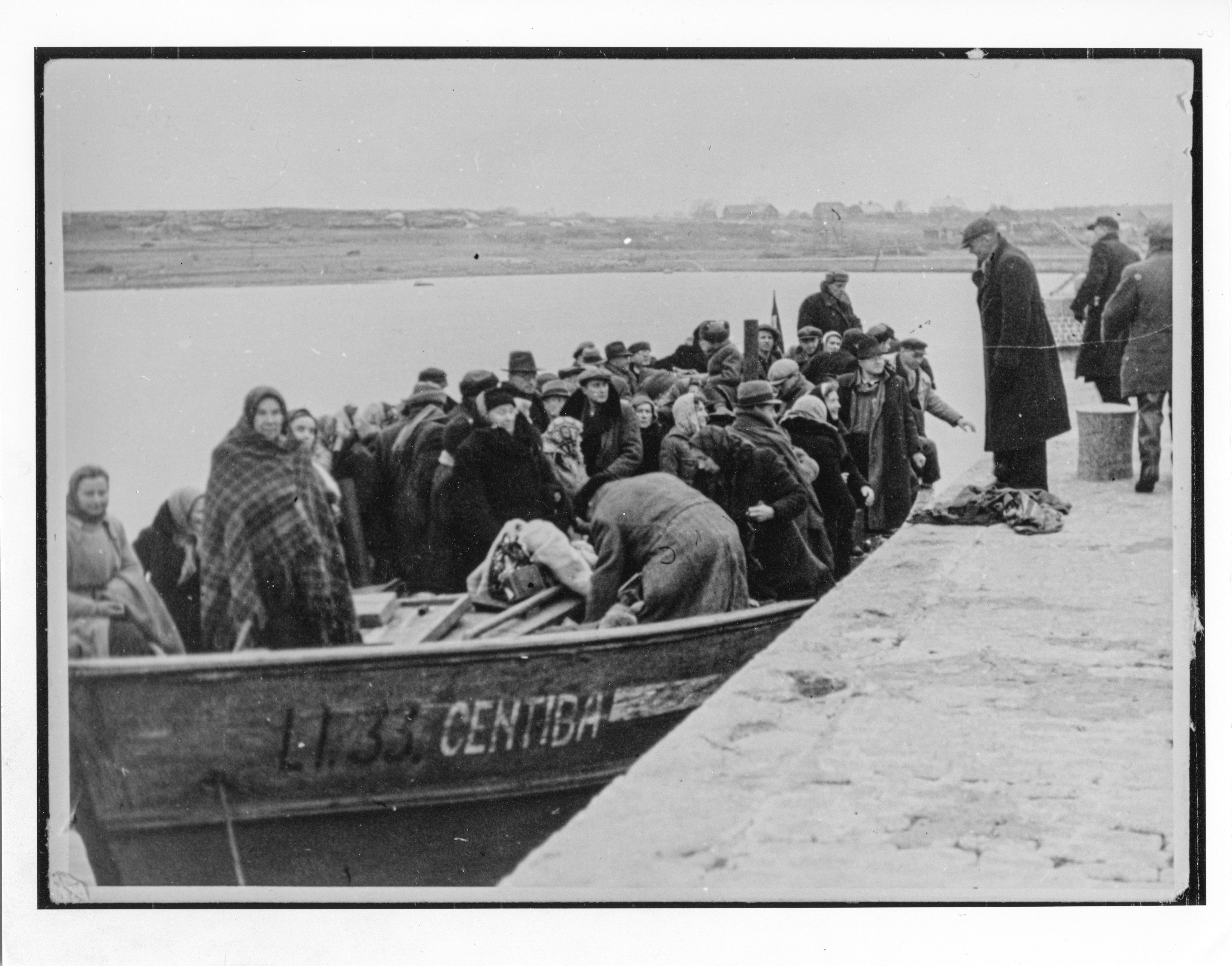
Fishing boat "Centība" ("Diligence") with refugees in Gotland, Sweden. 10 November 1944. OMFp 6261 — Archive of the Museum of the Occupation of Latvia.
